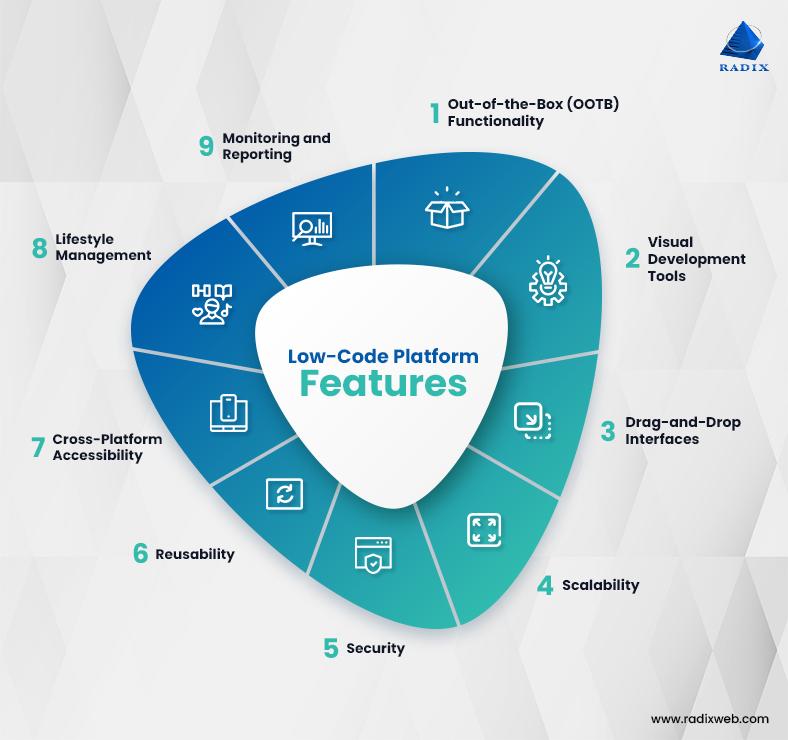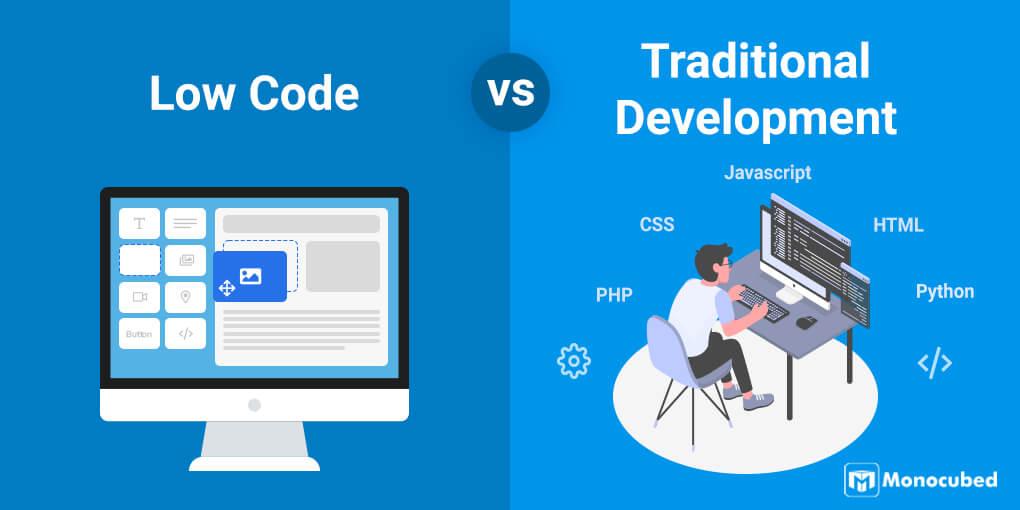In a world where technology is constantly evolving, the demand for fast and efficient app development solutions continues to grow. Enter low-code development platforms, the innovative tools simplifying the app development process and empowering businesses to create custom applications without the need for extensive coding knowledge. Join us as we explore the rise of low-code development platforms and the impact they are having on the app development industry.
The Evolution of Low-Code Development Platforms
Low-code development platforms have come a long way since their inception, evolving significantly to meet the growing demands of businesses and developers. These platforms have revolutionized the way applications are built, making the process more efficient, cost-effective, and accessible to a wider range of users.
With the rise of low-code development platforms, developers no longer need to rely solely on traditional coding languages and extensive programming knowledge. Instead, they can leverage visual development tools and pre-built components to quickly create and deploy applications. This shift has ushered in a new era of app development, empowering developers to streamline their workflows, collaborate more effectively, and deliver solutions faster than ever before.

Unlocking Efficiency and Agility in App Development
In today’s fast-paced digital landscape, companies are constantly seeking ways to streamline app development processes to meet the increasing demands of users. The emergence of low-code development platforms has revolutionized the way applications are built, offering a more efficient and agile approach to development.
By leveraging low-code platforms, developers can create robust and feature-rich apps with minimal manual coding, reducing the time and resources required for traditional app development. These platforms empower both IT professionals and non-technical users to rapidly prototype, test, and deploy applications, resulting in faster time-to-market and increased productivity. With drag-and-drop interfaces, pre-built templates, and integrations with popular services, low-code development platforms simplify the app development process, enabling organizations to innovate and adapt to changing market conditions with ease.

Tips for Choosing the Right Low-Code Platform
When it comes to choosing the right low-code platform for your app development needs, there are several factors to consider. Here are some tips to help you make an informed decision:
- Consider your specific requirements and objectives for the application you want to build.
- Look for a platform that offers a user-friendly interface and easy-to-use features.
- Ensure the platform provides the flexibility and scalability you need to grow and adapt as your app evolves.
- Check for built-in security measures to protect your data and ensure compliance with industry regulations.
Additionally, it’s important to assess the level of support and training provided by the low-code platform vendor. Here are some more tips to keep in mind:
- Look for platforms that offer comprehensive documentation, tutorials, and community forums for assistance.
- Consider the vendor’s reputation and track record in the industry, as well as customer reviews and testimonials.
- Evaluate the pricing structure and licensing options to ensure it aligns with your budget and long-term goals.
- Take advantage of free trials or demos to test the platform’s capabilities and see if it meets your needs.

Overcoming Common Challenges in Low-Code Development
The Rise of Low-Code Development Platforms: Simplifying App Development
Developing apps can be a complex and time-consuming process, especially for those without a background in coding. However, with the rise of low-code development platforms, this challenge is becoming easier to overcome. These platforms provide users with intuitive interfaces and pre-built templates, allowing them to create custom applications without the need for extensive programming knowledge.
One common challenge in low-code development is ensuring the security of the applications being built. To address this, many low-code platforms offer built-in security features such as encryption and user authentication. Additionally, developers can utilize third-party security plugins and tools to further enhance the security of their apps. By taking proactive measures to protect their applications, developers can minimize the risk of data breaches and ensure that their apps are safe for users to use.
In Conclusion
As low-code development platforms continue to gain popularity and simplify app development, it’s clear that the future of software development is becoming more accessible to a wider range of individuals and organizations. With the ability to create applications with minimal coding knowledge, the possibilities for innovation and creativity are endless. Embrace the rise of low-code development platforms and see where your imagination can take you in the world of app development. Start simplifying your development process today and unlock the potential for limitless growth and success.

